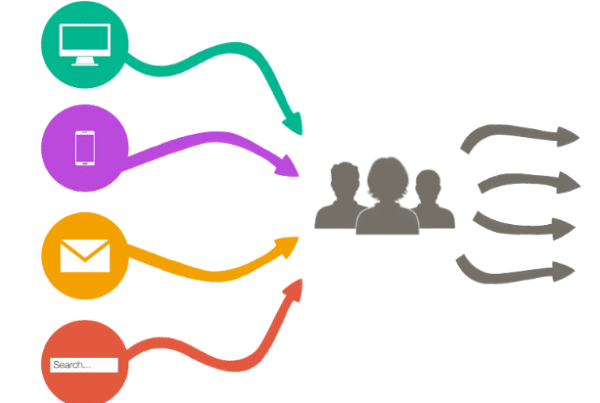Google ads still maintains it’s place in the digital landscape as one, if not the most powerful marketing platform. Sure, you can put it against the Facebook ads platform, but when it comes to intent in search, Google surely leads the way (although Amazon is heavily competing in the product search space now.)
While there are many ways to set up campaigns and bidding strategies in Google Ads, over the years, through its AI learnings, Target ROAS is a great way to find value from the ads platform.
What is ROAS?
ROAS stands for “Return on Ad Spend,†a very popular financial metric in the world of digital marketing in particular, and a similar alternative metric to ROI, or “Return on Investment.â€Â ROAS is commonly used in eCommerce businesses to evaluate the effectiveness of a marketing campaign.
How Do You Calculate ROAS?
ROAS equals your total conversion value divided by your advertising costs. “Conversion value†measures the amount of revenue your business earns from a given conversion. If it costs you $20 in ad spend to sell one unit of a $100 product, your ROAS is 5—for each dollar you spend on advertising, you earn $5 back.
What Is Considered Good ROAS?
A “goodâ€Â ROAS depends on several factors, including your profit margins, industry, and average cost-per-click (CPC). Most companies aim for a 4:1 ratio — $4 in revenue to $1 in ad costs. The average ROAS, however, is 2:1 — $2 in revenue to $1 in ad costs.
What Is The Google Ads Target ROAS Strategy?
Target ROAS lets you bid based on a target return on ad spend (ROAS). Your bids are automatically optimized at auction-time, allowing you to tailor bids for each auction. Target ROAS is available as either a standard strategy for a single campaign or a portfolio strategy across multiple campaigns.
SUGGESTED READ: A SIMPLE RULE OF THUMB FOR ROAS
When it comes to Google Ads, if you haven’t tried the TARGET ROAS bidding strategy, it’s a must.


